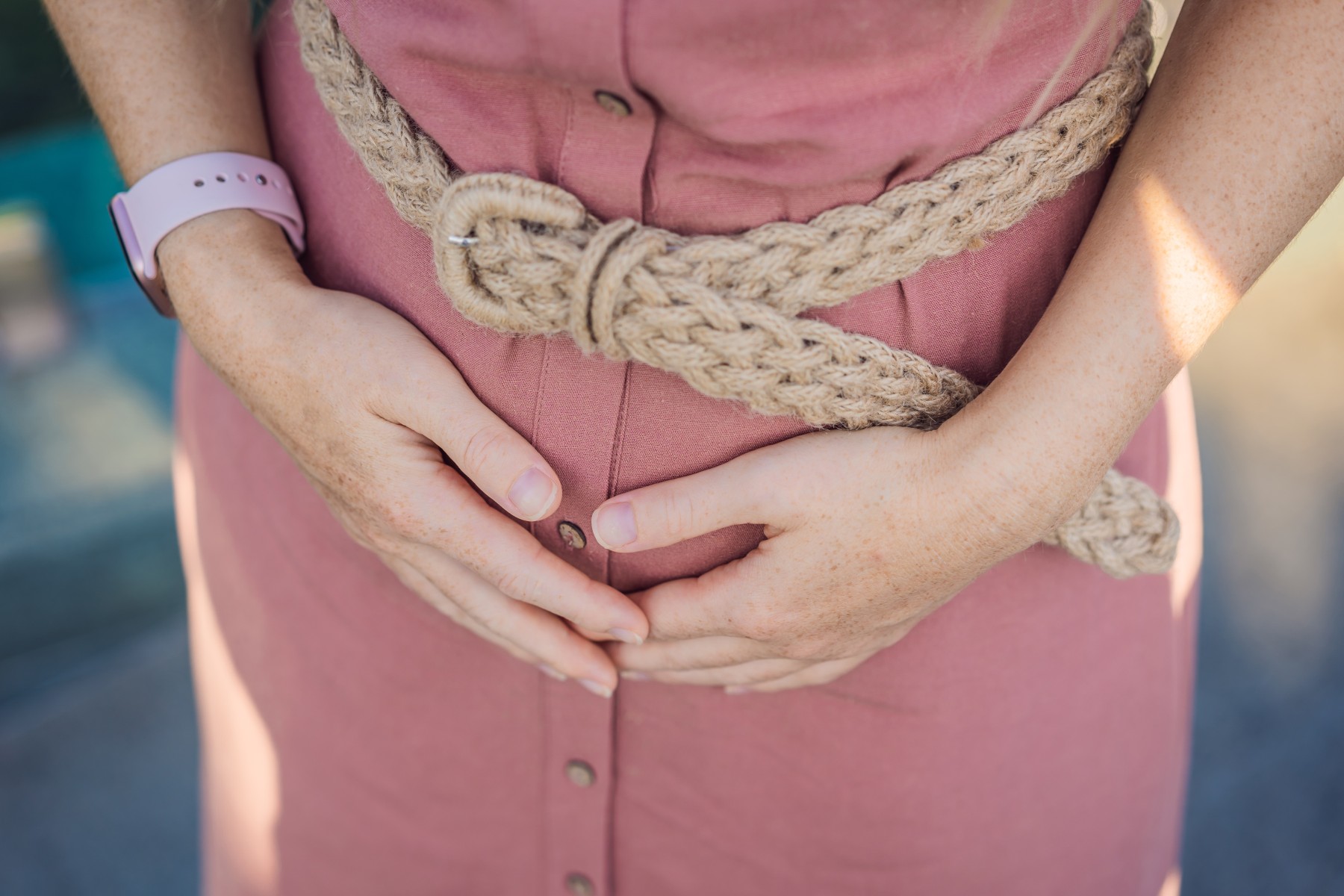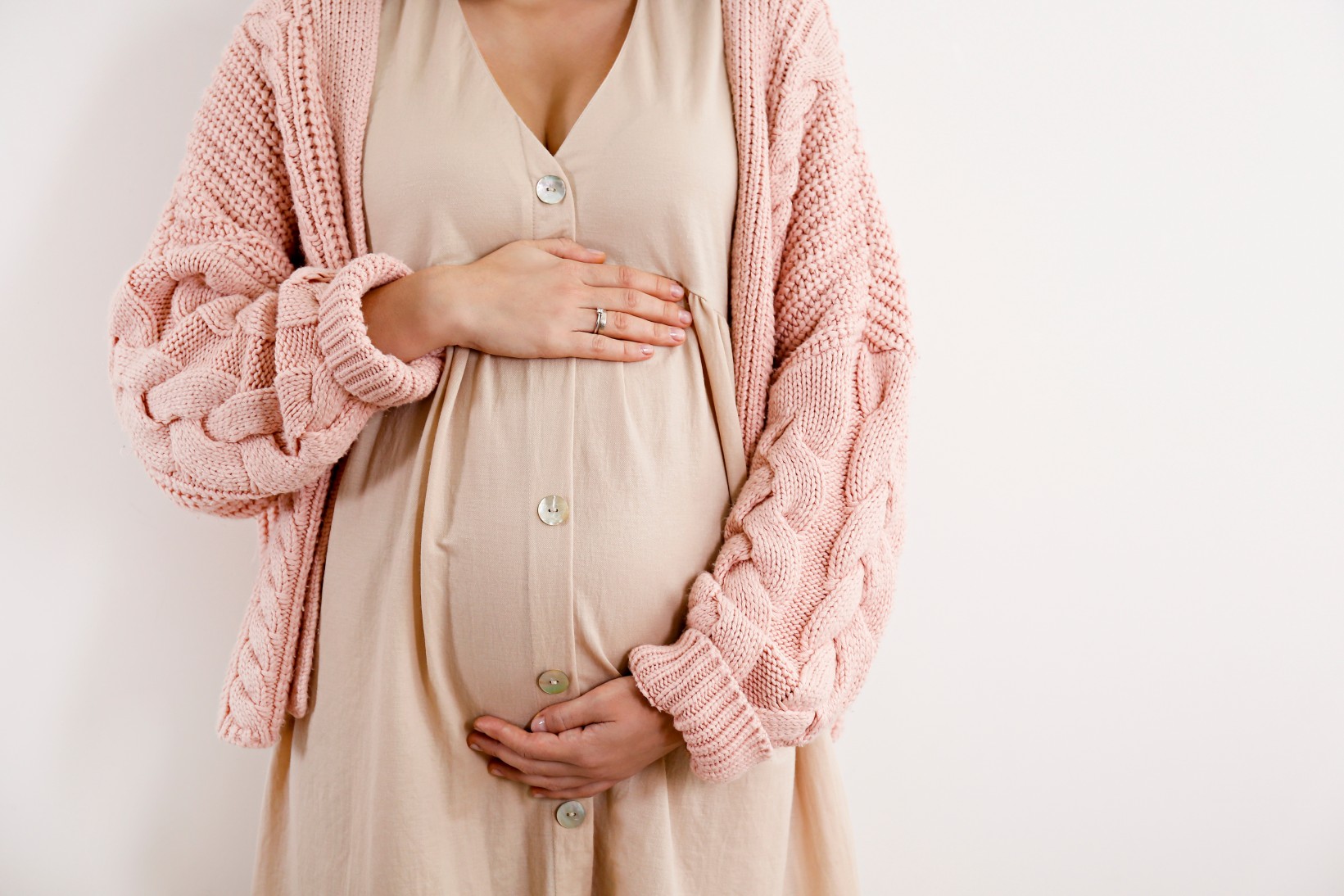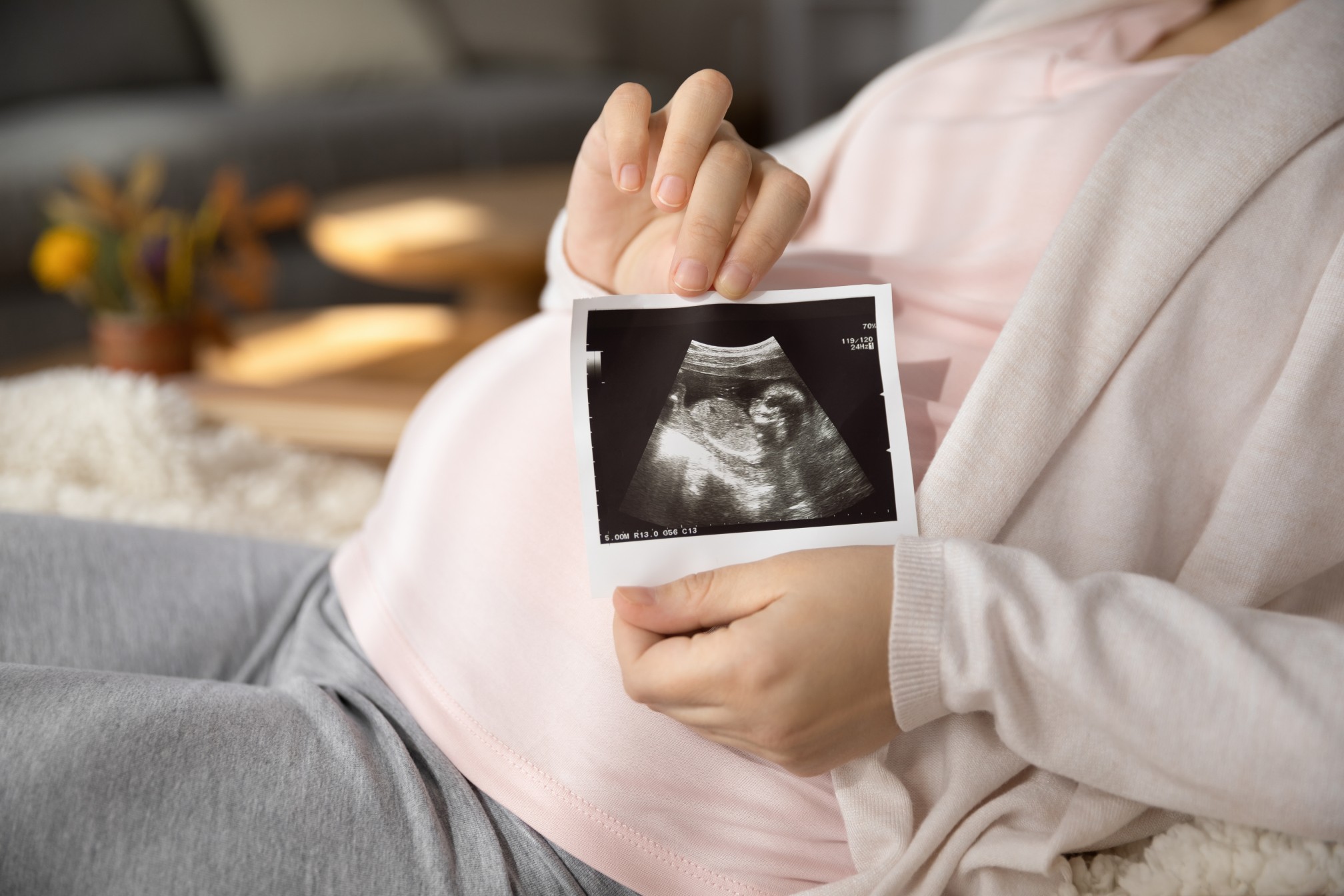Pregnancy Stages Week by Week: How Your Baby Develops from Conception to Birth

TABLE OF CONTENTS
Pregnancy is a natural but amazing process in which a small fertilised egg grows into a full-grown baby within nine months. Knowing about pregnancy by week makes the developments inside the womb easy for expecting parents to visualise. From the start of heart formation to the formation of little fingers and toes, every milestone is a thrilling step.
In this article, we will guide you through the pregnancy stages week by week and tell you about everything that goes on during the important developmental stages in each of the three trimesters. If you are a pregnant mother or trying to conceive, these stages will make you love the miraculous journey of life.
Overview
Pregnancy typically takes around 40 weeks, with three trimesters:
First Trimester (Weeks 1-12): All major organs and systems start developing.
Second Trimester (Weeks 13-26): Fast growth, movement, and sensory development take place.
Third Trimester (Weeks 27-40): The baby increases in weight, organs mature, and it prepares for birth.
There are remarkable changes in pregnancy growth by week, and monitoring the foetal development by week pregnancy keeps you informed about what is going on in your body.
First Trimester (Weeks 1-12)

The first trimester is when the foundation of the baby is laid. Although the foetus is tiny, pregnancy growth by week is fast, and major organs and systems form.
Weeks 1-4: Life starts
Week 1: Technically, pregnancy is underway on the first day of your last menstrual period. Fertilisation has not yet occurred, but your body is getting ready for ovulation. [1]
Week 2: Ovulation happens, and when the sperm and egg meet, fertilisation in the fallopian tube creates a zygote (one-cell embryo).
Week 3: The zygote quickly doubles and migrates to the uterus, developing a blastocyst, which will shortly implant into the uterine wall. Pregnancy is officially in progress.
Week 4: Implantation is complete. The placenta starts to form, supplying oxygen and nutrients. The amniotic sac and fluid give protection, and the yolk sac helps to form the baby's initial blood cells.
Weeks 5-8: Organ Development Commences
Week 5: The embryo is about the size of a sesame seed. The brain and spinal cord begin to develop (neural tube). The heart begins to form.
Week 6: The small heart begins to beat! The limb buds that will be the arms and legs begin to be visible. Simple facial features begin to form.
Week 7: Double in size, the baby. Brain development accelerates, and small hands and feet begin to show. Eyes, nostrils, and ears begin forming.
Week 8: The baby is technically a foetus at this stage now. Fingers, toes, and little joints begin forming. Internal organs such as kidneys and liver begin to function. [2]
Weeks 9-12: Refining and Growth
Week 9: Facial structures are more mature. Eyelids develop but are still shut. The heart is four-chambered and pumping vigorously.
Week 10: Baby can now flex arms and legs. Nails on the fingers are beginning to form, and the placenta begins secreting hormones.
Week 11: The fetus begins making minor movements, yet they are not noticeable to the mother. Bones start to calcify.
Week 12: The fetus measures about 2 and a half inches long. [3] Reflexes are set—if touched, the child will squirm! Intestines migrate to the abdomen, and kidneys begin making urine.
All organs are in place by the end of the first trimester, and the baby resembles a human being more closely. The risk of miscarriage is greatly reduced, and this is a big milestone in the pregnancy stages week by week.
Second Trimester (Weeks 13-26)

The second trimester is also referred to as the "golden period" because early pregnancy symptoms disappear. The baby grows a lot, beginning to move and react. [4]
Weeks 13-16: A More Human-Like Baby
Week 13: Reproductive organs in the baby develop, although an ultrasound might not be able to determine gender yet. Vocal cords are developed, and the intestines begin producing meconium (the initial stool).
Week 14: The thumb is sucked by the baby, and fine hair (lanugo) begins to cover its body for insulation. The spleen starts producing red blood cells.
Week 15: The baby stretches, yawns, and makes facial movements. The skeleton continues to ossify.
Week 16: Limb movements are more organised. The baby's skin is transparent, and veins can be seen beneath it.
Weeks 17-20: Sensing the World
Week 17: The brain is developing taste buds. Swallowing practice begins with amniotic fluid to aid digestion.
Week 18: The baby can now hear sounds! Jarring sounds from loud noises can wake it up. The skin acquires a waxy protective coating called vernix.
Week 19: The baby begins to sleep and wake in cycles. The placenta is now fully developed and supplies nourishment.
Week 20: The baby is around 6.5 inches in length and about 300 grams in weight. An anatomy scan ultrasound is necessary now, to verify the baby is developing properly. First-time mothers feel movements (quickening). [5]
Weeks 21-24: Rapid Brain Development
Week 21: The baby's movements become more coordinated. The digestive system starts secreting enzymes to break down nutrients.
Week 22: The baby's grip tightens, and it can even grip the umbilical cord.
Week 23: Lungs start producing surfactant, which is required for breathing after birth. The baby acquires a sense of balance due to inner ear development.
Week 24: The Eyelids open, and the baby begins to respond to light. Taste buds form, and the baby can taste amniotic fluid.
Weeks 25-26: Preparation to Survive
Week 25: The nervous system takes over some of the body's functions. The baby's heart is strong and can be heard easily using a stethoscope.
Week 26: The baby measures around 9 inches and weighs 820 grams. The lungs are maturing further, and brain activity is more alert, enhancing memory and consciousness. [6]
By the second trimester, the baby is more likely to survive if born prematurely. Pregnancy growth by week is evident, with more powerful kicks and better coordination.
Third Trimester (Weeks 27-40)

The third trimester is all about weight gain, lung development, and brain development. The baby gets ready to be born outside the womb.
Weeks 27-30: Weight Gain and Strengthening
Week 27: The brain of the baby develops deep folds, getting smarter. The immune system matures with the mother's antibodies.
Week 28: The baby weighs about 2.5 pounds and has a normal sleep-wake cycle. Hiccups are experienced as rhythmic movements.
Week 29: Fat buildup aids in maintaining body temperature after the baby is born.
Week 30: The baby simulates breathing by sucking in amniotic fluid, strengthening the lungs.
Weeks 31-34: Preparation for Birth
Week 31: The baby kicks but has less room. The skin becomes smoother as the fat continues to build up.
Week 32: The baby weighs about 1.4 kg. Fingernails and toenails are complete.
Week 33: The head shifts downward in preparation for birth.
Week 34: The lungs are almost developed, and the baby is more able to maintain its temperature.
Weeks 35-37: Almost Fully Developed
Week 35: The baby learns the ability to suck and swallow in preparation for breastfeeding.
Week 36: The baby is early-term and can drop lower into the pelvis (lightening).
Week 37: Lungs mature, and the baby weighs 2.5 kg.
Weeks 38-40: World-Ready
Week 38: The nervous system is fully developed. The baby responds to sounds and voices.
Week 39: The baby is already full-term.
Week 40: The baby is ready to be conceived and born! Pregnancy by week has at last reached its final phase.
Final Words
Pregnancy is a miraculous process that happens in phases, from a small cell to a complete baby. Pregnancy growth by week makes it easy for the expecting couple to plan and enjoy every milestone. Keeping track of development by week of pregnancy ensures your baby is properly developed and knows what is to come.
Every kick, hiccup, and heartbeat is a reminder of the miraculous process happening inside. So whether you're waiting with excitement or just nosy, it's a great way to be close to new life if you have an idea of what's happening inside the womb. If you want to know more about pregnancy stages week by week or other pregnancy-related questions, then speak to a gynaecologist at your nearest super-specialty hospital today!
FAQs
1. When will I be able to feel my baby move?
Most women can feel movement between Weeks 18-22, though it is possible it can be earlier if you're having a second child.
2. When does the baby's heart start beating?
The heart begins beating in Week 6 and vardiac pulsation can be seen, but basic heart structure develop by Week 10.
3. When is the best time to share a pregnancy?
Most people wait until after the first trimester (Week 12) since the risk of miscarriage significantly reduces.
4. When is the baby full-term?
A pregnancy is full-term by Week 37, babies born between Weeks 37-40 are typically healthy.
5. Can my baby hear me?
Yes! Babies can already listen at Week 18-20, and by Week 25, they can distinguish between voices and even react to music.
Citations
Donovan, M. F., & Cascella, M. (2021). Embryology, Weeks 6-8. PubMed; StatPearls Publishing. https://www.ncbi.nlm.nih.gov/books/NBK563181/
Khan, Y. S., & Ackerman, K. M. (2023, April 17). Embryology, Week 1. PubMed; StatPearls Publishing. https://www.ncbi.nlm.nih.gov/books/NBK554562/
Mayo Clinic. (2020, June 3). Fetal development: What happens during the 2nd trimester? Mayo Clinic. https://www.mayoclinic.org/healthy-lifestyle/pregnancy-week-by-week/in-depth/fetal-development/art-20046151
Mayo Clinic. (2022). Fetal development: What happens during the 1st trimester? Mayo Clinic. https://www.mayoclinic.org/healthy-lifestyle/pregnancy-week-by-week/in-depth/prenatal-care/art-20045302
Polski Bank Komórek Macierzystych. (2024). PBKM. https://www.pbkm.pl/en/pregnancy-zone-2/pregnancy-calendar/the-20th-week-of-pregnancy-the-babys-development-accelerates
Pregnancy. (n.d.). Ucsfhealth.org. https://www.ucsfhealth.org/conditions/pregnancy


